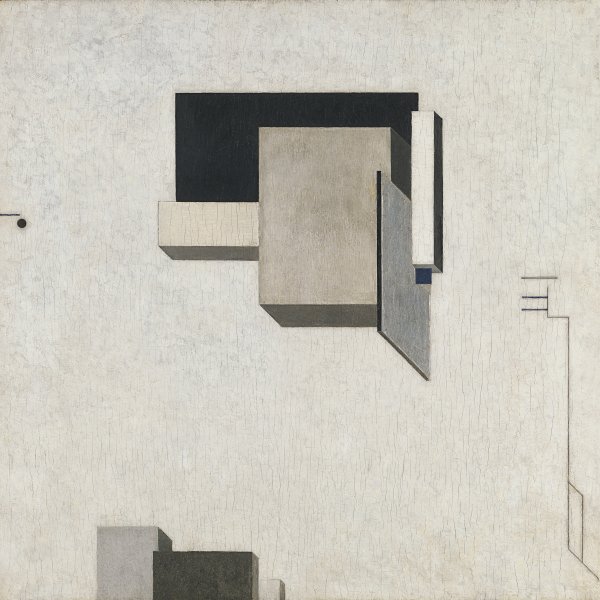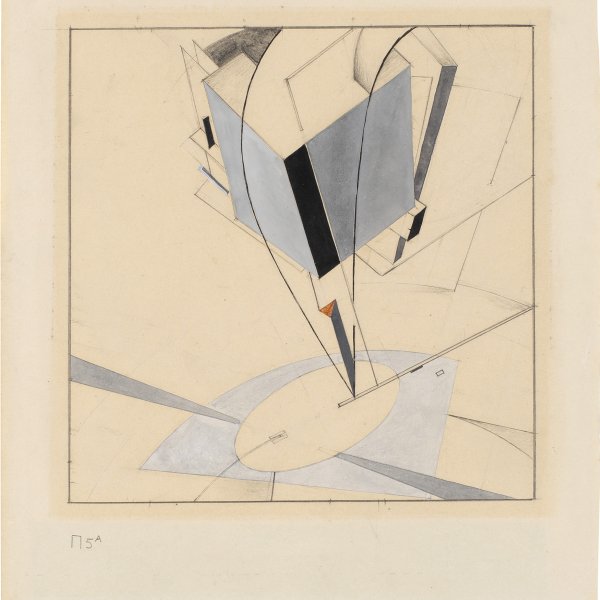El Lissitzky
El Lissitzky was one of the foremost practitioners of Russian abstraction. He was steered to abstract art by the influence of Malevich’s Suprematist ideas, which he soon abandoned as he found them excessively mystic. He was raised in Vitebsk, in an environment deeply marked by the Jewish religion. Artistically gifted, he sat the entrance examination for the Saint Petersburg Academy of Fine Arts, which rejected him as he was Jewish. His family sent him to Darmstadt, in Germany, to study engineering and architecture. When the First World War erupted he returned to his country of birth, where he completed his studies in 1915.
El Lissitzky was connected with Jack of Diamonds and other groups of artists concerned with renewal, and began to concentrate on illustrating Jewish themes, such as Khad Gadya. In 1919 Marc Chagall, then director of Vitebsk Art School, invited him to lecture on architecture and the applied arts. There he coincided with Malevich, whose Suprematist compositions were instrumental in his shift towards abstraction. About 1919 his desire to integrate painting and architecture led him to create his first Proun pictures, his chief contribution to the art world. They are geometrical compositions with marked spatial and architectural effects in which the artist ignored all the traditional laws of perspective.
In 1921 he went to Moscow to work at the Higher State Art-Technical Studios (Vkhutemas), where Constructivism was then emerging. Lissitzky soon became the bridge between the Suprematism and Constructivist movements in Russia, and between these and the other European avant-garde movements. Lissitzky was also active in the field of architecture and graphic design, and strove tirelessly to integrate art into domestic life. He is also considered to be a key figure in the design of exhibition space, such as the room for Constructivist art for the Internationale Kunstausstellung of 1926 and the Abstraktes Kabinett in the Provinzialmuseum (now Sprengel Museum) of Hanover in 1927. His belligerently iconoclastic streak made him one of the pioneers in the pursuit of a new language to serve the needs of the new era.






